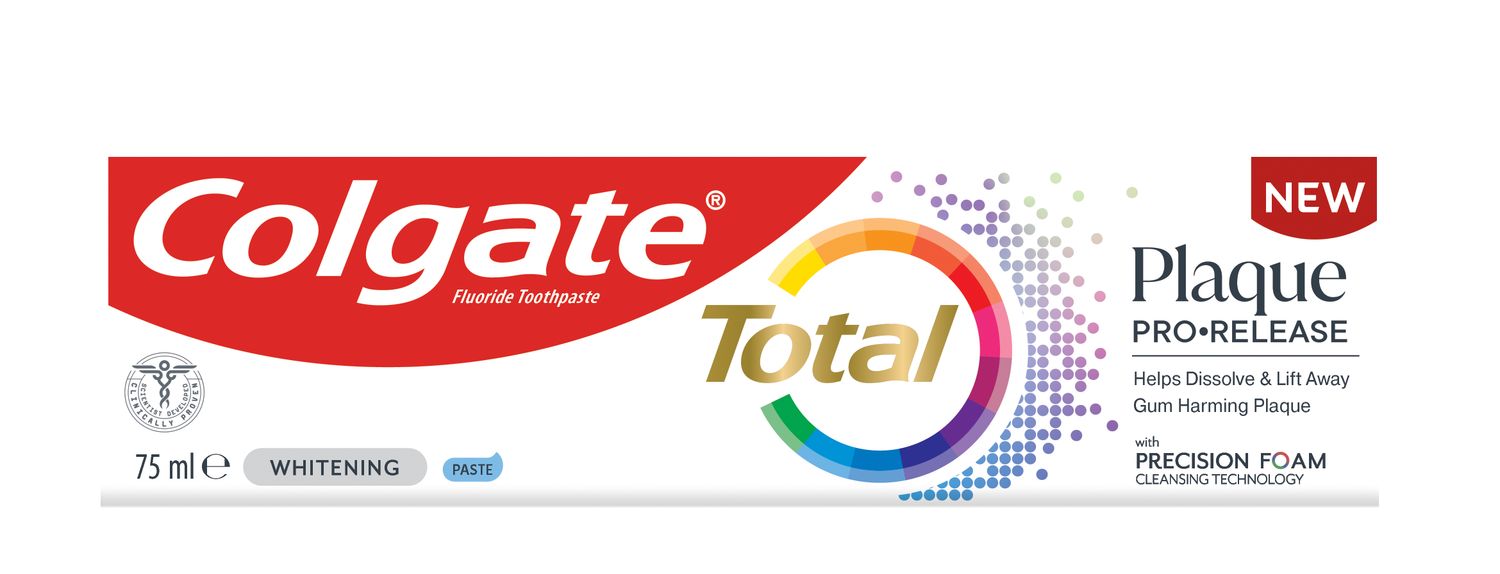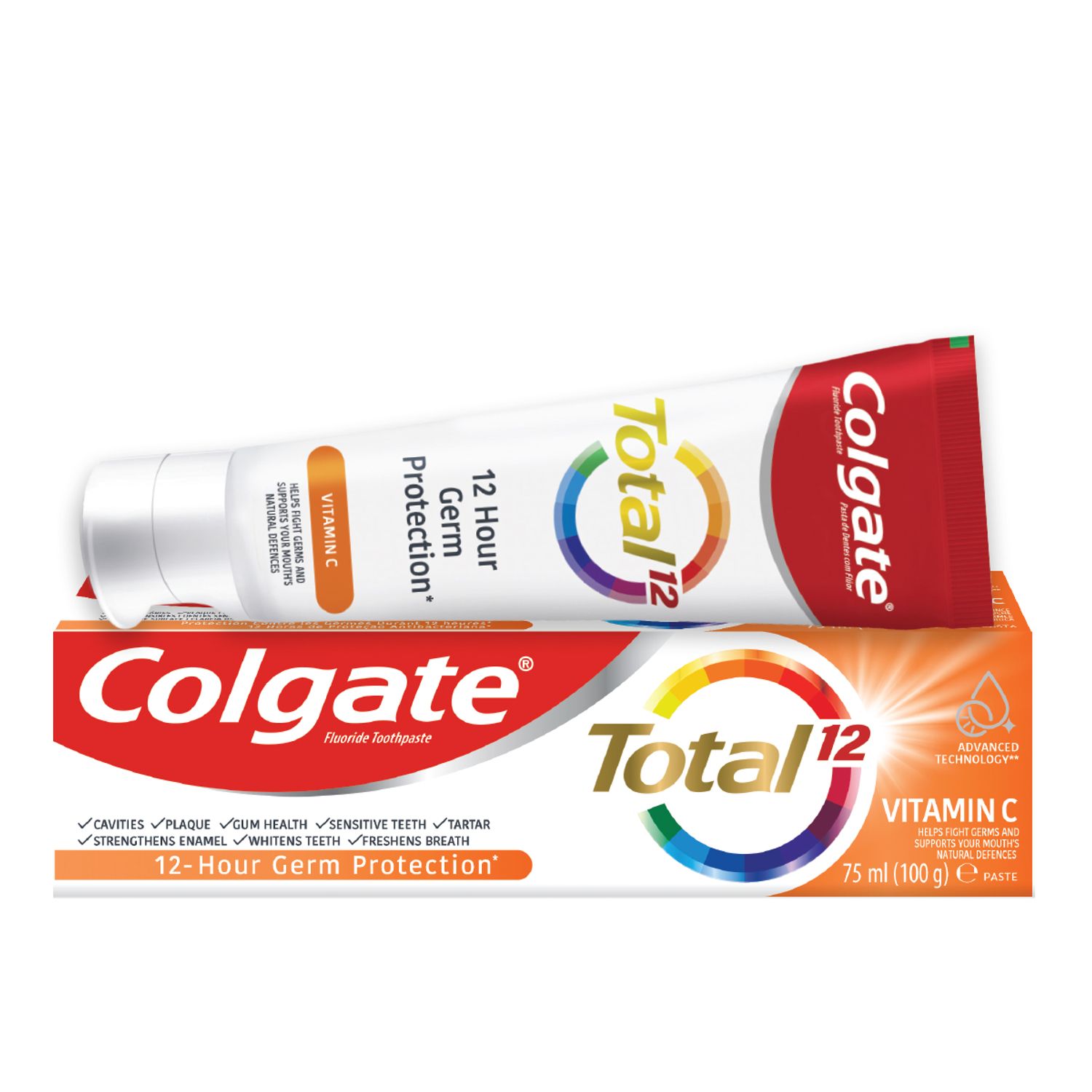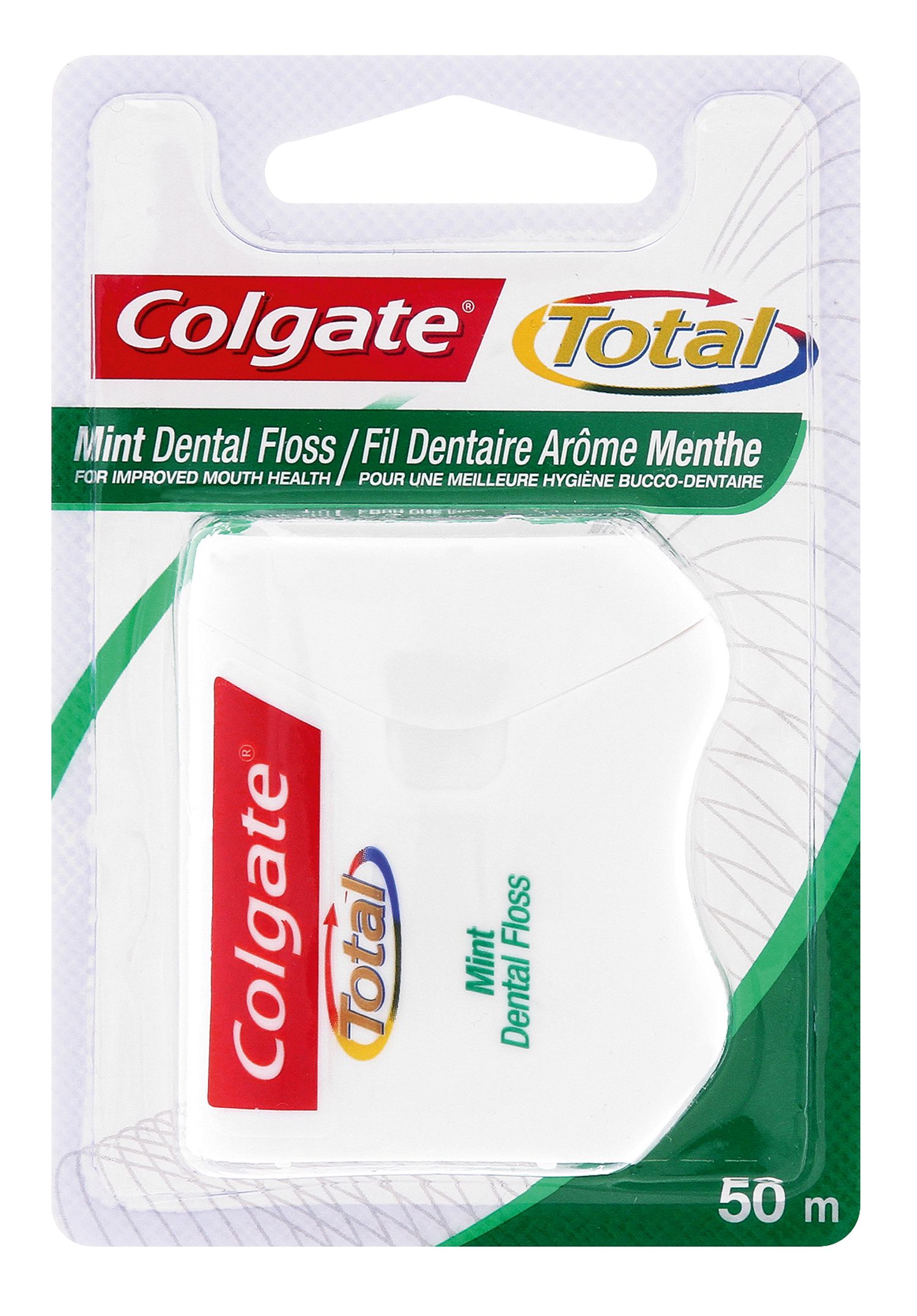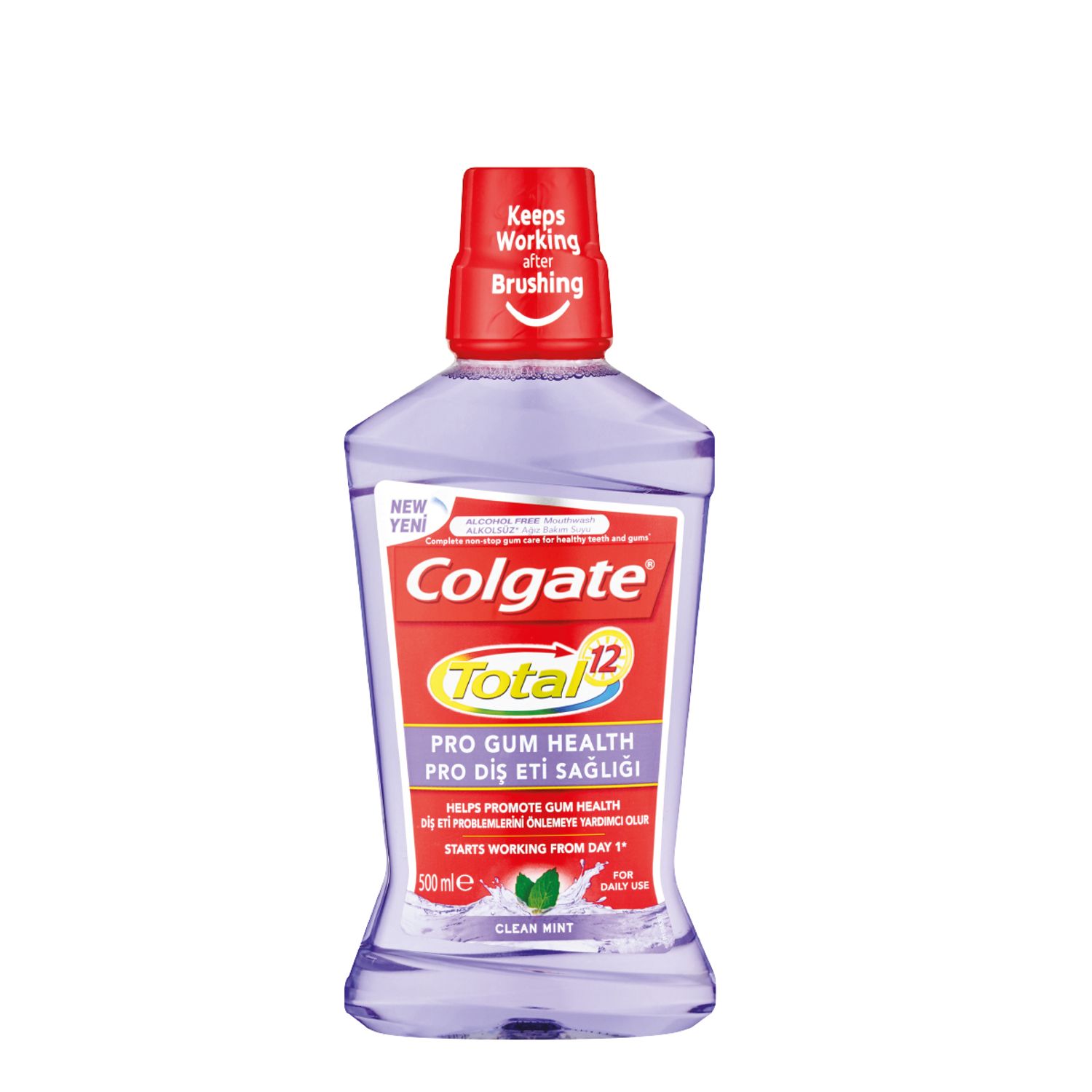-
-

CAVITIES
Can You Heal A Cavity At Home?You feel a sharp pain when you bite down or try to eat. You think it's a cavity, but you're not 100 percent sure...

BAD BREATH
How To Cure Bad BreathMore commonly known as bad breath, halitosis is an embarrassing hygiene issue that nobody wants, but some of us get every now and then...
-
Science & Innovation
- Colgate® | Toothpaste, Toothbrushes & Oral Care Resources
- Oral Health
- Enlarged Papillae (Tongue Bumps): Causes, Symptoms & Treatment


Have you ever had one of those little tongue bumps that just showed up out of nowhere? The kind that drives you crazy, sometimes to the point where you try to remove it just to get rid of it? These tongue bumps (enlarged papillae) may appear for one of many reasons.
What Are Those Bumps on Your Tongue?
Coated with four types of papillae, the tongue is an integral organ within the mouth that assists in taste, speech, chewing and swallowing. There are four types of papillae, according to the Encyclopedia of Neuroscience and the National Center for Biotechnology Information:
- Filiform Filiform papillae do not contain taste buds. They are located mostly on the centre and back of the tongue and are sparse on the sides.
- Fungiform There are 200 to 400 fungiform papillae on the tongue, making them the most common type of papillae. Located on the tip and sides of the tongue, they are sensitive to taste and distinguish between sweet, sour, bitter and savoury flavors, as well as temperature and touch.
- Circumvallate These papillae are so large that you can easily spot them with the naked eye. They're located at the back of the tongue, closer to the throat.
- Foliate They are smaller in size; you can see foliate papillae with your own eyes when looking closely. Foliate papillae line the sides of the tongue and occur in front of the circumvallate papillae.
How Do Papillae (Tongue Bumps) Get Enlarged?
When you notice an enlarged papilla develop, the bump can feel odd. The nerve receptors on the tongue are very sensitive. Do not be alarmed – most of the time this is not a serious occurrence. The condition called transient lingual papillitis occurs when papillae become inflamed or irritated, explains a study in the Journal of Clinical and Experimental Dentistry. This can occur from accidentally biting your tongue when you chew, having a virus pass through your body, or normal exfoliation of the papillae cells.
Certain other medical conditions can also make papillae feel different. One of these conditions is benign migratory glossitis (also called geographic tongue). In this condition, the tongue exfoliates its cells at an inconsistent rate, giving the tongue a map-like appearance that shows the papillae have worn off and eventually regrow. Other conditions that may contribute to papillary inflammation include bacterial or fungal infections, canker sores, allergic reactions, syphilis, oral herpes simplex, cancer or autoimmune disorders.
Do Enlarged Papillae Require Treatment?
It is often unnecessary to seek treatment for tongue bumps unless the condition lasts longer than seven to 10 days. The best advice for any oral lesion lasting longer than seven to 10 days is for the patient to schedule an evaluation with their dental professional. Monitoring the size, colour and location of the lesion will aid your dental professional in their assessment. If lesions bleed, become increasingly painful, grow in size or spread, it is recommended that patients seek immediate care.
Routine, thorough home care is the best way to maintain a healthy mouth. Brush twice daily and don't forget to brush your tongue! Allowing the lesions time to heal, rinsing with warm salt water, and drinking lots of water can also be successful in treating inflamed or enlarged papillae.
How Can You Prevent Enlarged Tongue Bumps?
Injuries to the tongue can be prevented by wearing mouth guards while playing sports, eating slowly, and being more aware of tongue placement. Not participating in high-risk behaviours, such as smoking cigarettes, and decreasing stress may also reduce the likelihood of dealing with enlarged tongue bumps.
Related Products

Helping dental professionals
More professionals across the world trust Colgate. Find resources, products, and information to give your patients a healthier future











